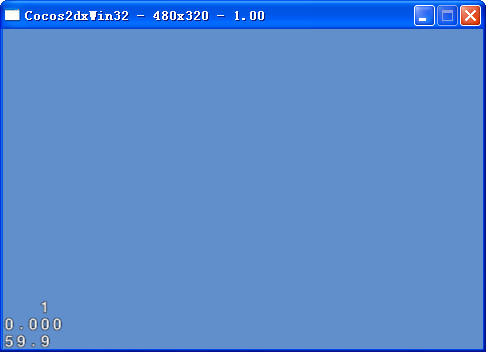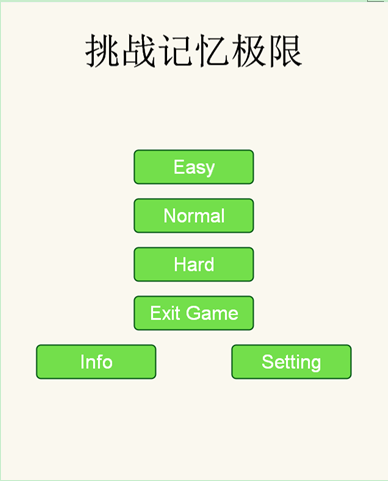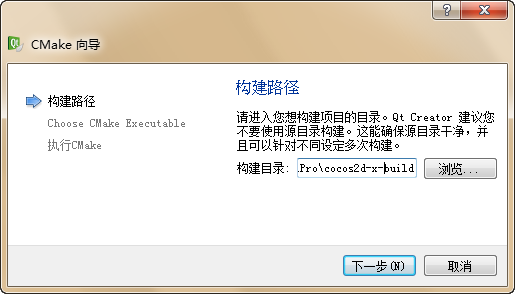游戏开发中常遇到资源保护的问题。
目前游戏开发中常加密的文件类型有:图片,Lua文件,音频等文件,而其实加密也是一把双刃剑。
需要安全那就得耗费一定的资源去实现它。目前网上也有用TexturePacker工具来加密的,不过针对性还是不够强。
分析一下原理为:
1,转格式:将需要加密的文件转为流的方式;
2,加密:根据自己需要使用加密手段,MD5,AES,甚至可以直接改变位移,加一些自己的特殊字符也可以使文件简单加密,加密完后基本保证
图片类型基本用特殊软件预览不了也打不开,Lua文件加密后一片乱码····;
3,保存自定义格式文件:另存为自己特殊类型的文件名如"xx.d" "xx.xyz"等。
4,图片解密:修改cocos2dx底层库的获取路径处,和加载CCImage纹理处理时的源码修改;
基本原理清楚了后我贴几段我自己项目中常用的加密方式:
首先是转格式并且加密的方式
bool PublicCommen::recode_getFileByName(string pFileName){ unsigned long nSize = 0; unsigned char* pBuffer = CCFileUtils::sharedFileUtils()->getFileData( pFileName.c_str(),"rb",&nSize); unsigned char* newBuf = new unsigned char[nSize]; int newblen = nSize; if(pBuffer!=NULL&&nSize>0) { for (int i = 0; i<nSize; i++) { newBuf[i]=pBuffer[i]+MD5; } string savepath = pFileName; savepath = savepath.substr(0,savepath.length()-4); savepath = savepath + xx.X"; FILE *fp = fopen(savepath.c_str(),wb+"); fwrite(newBuf,128); line-height:1.5!important">1,newblen,fp); fclose(fp); cclOG(save file ok. path = %s",savepath.c_str()); return true; } false; }
通常可以自己写一个应用程序遍历一下自定义目录下,需要转的资源文件,对应的把所有资源转换并加密;
里面newBuf[i]=pBuffer[i]+MD5;这段可以自由发挥!解密的时候需要对应!
当然你也可以取巧的放进你的游戏中修改cocos2dx底层的CCFileUtils::fullPathForFilename获取全路径的方法中;
下面说一下解密:
图片的解密需要修改cocos2dx CCTexture2D 的CCTextureCache::addImage类里面修改
CCTexture2D * CCTextureCache::addImage(const char * path) { CCAssert(path != NULL,0); line-height:1.5!important">TextureCache: fileimage MUST not be NULL"); CCTexture2D * texture = NULL; CCImage* pImage = NULL; // Split up directory and filename MUTEX: Needed since addImageAsync calls this method from a different thread pthread_mutex_lock(m_pDictLock); std::string pathKey = path; pathKey = CCFileUtils::sharedFileUtils()->fullPathForFilename(pathKey.c_str()); if (pathKey.size() == return NULL; } texture = (CCTexture2D*)m_pTextures->objectForKey(pathKey.c_str()); std::string fullpath = pathKey; (CCFileUtils::sharedFileUtils()->fullPathFromrelativePath(path)); if (! texture) { std::string lowerCase(pathKey); for (unsigned 0; i < lowerCase.length(); ++i) { lowerCase[i] = tolower(lowerCase[i]); } all images are handled by UIImage except PVR extension that is handled by our own handler do { if (std::string::npos != lowerCase.find(.pvr")) { texture = this->addPVRImage(fullpath.c_str()); } else .pkm")) { ETC1 file format,only supportted on Android texture = this->addETCImage(fullpath.c_str()); } else { CCImage::EImageFormat eImageFormat = CCImage::kFmtUnKNown; .png")) { eImageFormat = CCImage::kFmtPng; } .jpg") || std::.jpeg")) { eImageFormat = CCImage::kFmtJpg; } .tif.tiff")) { eImageFormat = CCImage::kFmtTiff; } .webp")) { eImageFormat = CCImage::kFmtWebp; } XX.X")) { eImageFormat = CCImage::xxxxx; } pImage = new CCImage(); CC_BREAK_IF(NULL == pImage); bool bRet = pImage->initWithImageFile(fullpath.c_str(),eImageFormat); CC_BREAK_IF(!bRet); texture = new CCTexture2D(); if( texture && texture->initWithImage(pImage) ) { #if CC_ENABLE_CACHE_TEXTURE_DATA cache the texture file name VolatileTexture::addImageTexture(texture,fullpath.c_str(),eImageFormat); #endif m_pTextures->setobject(texture,pathKey.c_str()); texture->release(); } else { cclOG(cocos2d: Couldn't create texture for file:%s in CCTextureCachewhile (0); } CC_SAFE_RELEASE(pImage); pthread_mutex_unlock(m_pDictLock); return texture; }
并且在CCImage的图片类型中添加你加密后的图片类型如:CCImage::xxxxx
然后跟到 bool bRet = pImage->initWithImageFile(fullpath.c_str(),eImageFormat);
CCImage.mm中的CCImage::initWithImageFile方法;
其中pBuffer[i] = pBuffer[i]-MD5;需要和之前加密的时候对应·····自己发挥!
Ok,只要是图片,并且是属于你自定义类型的图片都会得到解密的真实texture。
Lua的解密也是基本一样的思路,不过解密需要单独在需要加载Lua的方法前先解密,要考虑跨平台性
转自http://www.cnblogs.com/zisou/p/cocos2dxJQ-67.html




